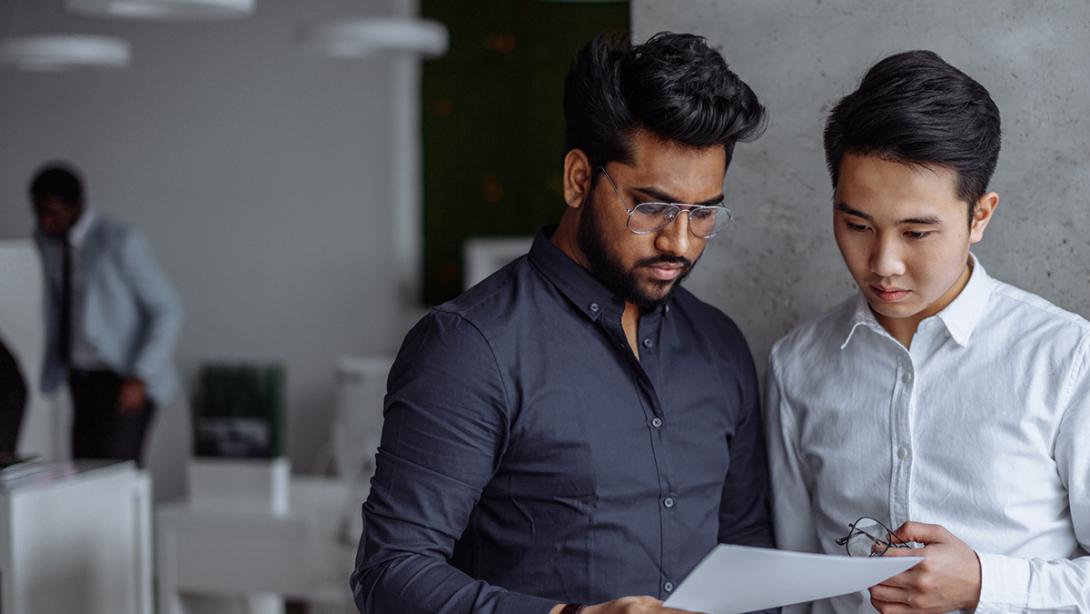
Speed to market is a key characteristic of Bermuda’s ILS market, but when setting up your ILS vehicle, it is also important to consider what happens at the end of its economic life, says Louise Charleson, Partner, Ocorian Law (Bermuda) Limited.
This article was originally published on Artemis on 1 February 2023. (Author: Kane Wells)
In a recent interview with Artemis, Charleson, who acts as liquidator for solvent liquidations, noted that Bermuda is well known for its robust insurance infrastructure which facilitates the smooth establishment of ILS vehicles.
She suggested that the process at the end of an ILS entity’s life should be equally as seamless.
Charleson said, “The simplest way to wind up an ILS entity is to proceed with a members’ voluntary liquidation (MVL).
“To commence an MVL, the directors of a company must pass resolutions recommending to the members that the company is placed in liquidation and then authorise the execution and filing of the Declarations of Solvency with the Bermuda Registrar of Companies (ROC).
“Declarations of Solvency must be sworn by the majority of directors of a company confirming that the entity is in a position to pay its debts in full within a period of twelve months from the commencement of the winding up.”
Charleson explained that members will then pass resolutions for the winding up of the company and the appointment of a liquidator.
She noted that where external legal advisors are instructed to assist with the MVL, the liquidator will typically be an individual from their liquidations team.
Once the liquidator has been appointed, their obligations are to conform to certain statutory procedures governed by the Companies Act 1981.
This includes advertising for creditors (a minimum of fourteen days’ notice is required to be given), advising the ROC of his appointment, settling creditors’ claims, distributing surplus assets, and calling a statutory final meeting for which one month’s notice is required.
Charleson continued, “At the final general meeting, the Liquidator’s Statement of Account is approved by the meeting and the Company is dissolved. In a straightforward liquidation, the whole procedure can take approximately 6 to 8 weeks from the date when the Declarations of Solvency are filed.”
Charleson added that should the ILS entity have any policies in place, these must be dealt with to ensure that all liabilities, whether actual, future or contingent, have or will be completely satisfied before the entity is placed into liquidation.
She stated that the options to achieve this include:
- Leaving the company in existence until the policies have completely run off with no possibility of any further claims being made against the company;
- For each of the insureds to agree to release the company from all liability due by the company to the insureds under the terms of the policies;
- Entering into a commutation agreement under which a third party agrees to assume the liabilities of the company in respect of each policy and releases the company from any further liability with regard to the policies.
Further, as part of the process, the company will have to de-register as an insurer, and if registered as a segregated accounts company (SAC), it will also have to de-register as a SAC.
Charleson also noted that if there are any charges registered against the company, these will need to be settled or released and de-registered too.
“The records of the company must be held for a period of ten years following the dissolution of the company. The corporate secretary, insurance manager and/or shareholder can take on this responsibility,” she added.
Louise Charleson’s comments were first featured in Artemis’ latest catastrophe bond market report. Learn more about our ILS services here.


